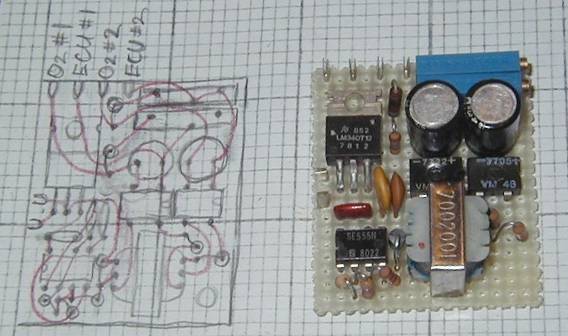
Originally Posted by
daddymikey1975

That makes more sense to me.. however, like russ mentioned, there's bound to be a lag between the PWM commanding max output and the gen actually putting out ... could this be overcome??
although, before we can even get into this type of controlling circuitry, we need to get russ' truck sippin fuel and gulping HHO :-)
I agree. I think that all might be getting a few steps ahead.
Give a man a match, and he’ll be warm for a minute, but set him on fire, and he’ll be warm for the rest of his life.
2000 Pontiac Grand Prix GTP 3.8L SII S/C'd
15%-20% MPG increase at 1.5 Amps
2000 Jeep Grand Cherokee Limited 4.7L V8
No gains.




 Reply With Quote
Reply With Quote


